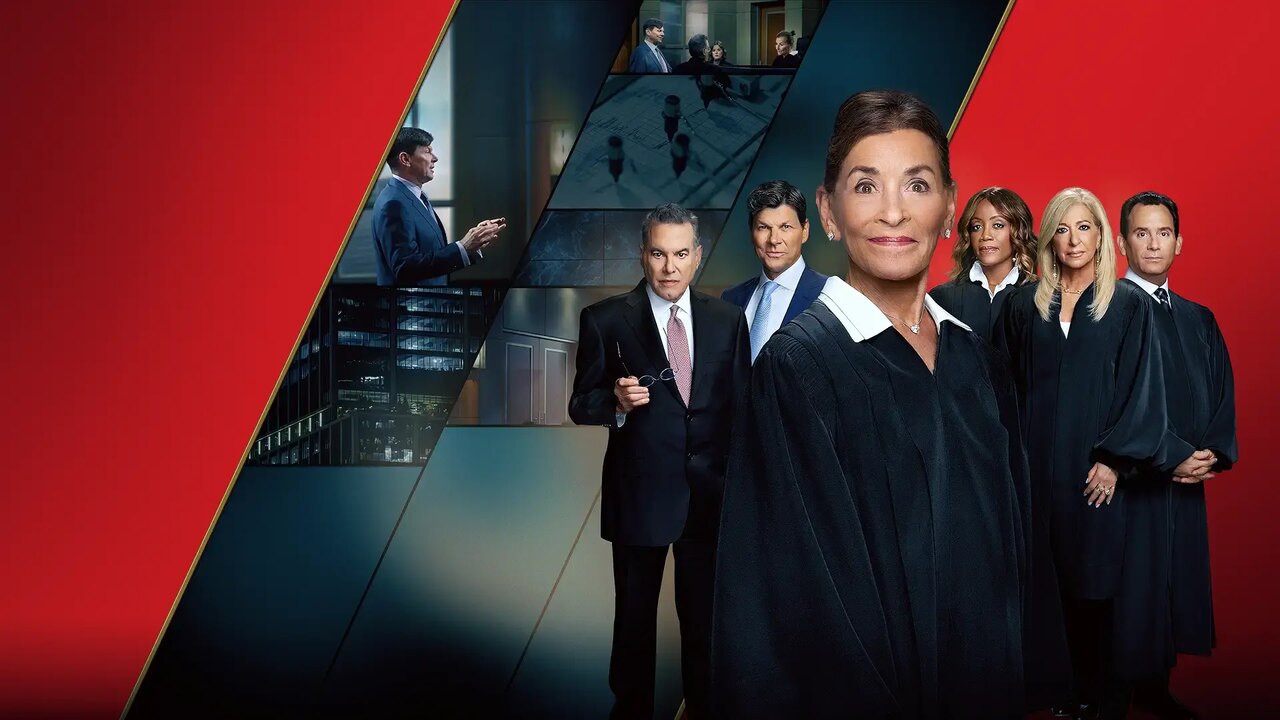
It's a noble idea: take notable American cases and explore them through re-enactments based on actual court transcripts. Of course, some details are modified for the cinematic depiction, but the final outcome is retained, allowing viewers to comprehend that the justice system is complex. Or, in the words of Judy Sheindlin, "Justice isn't always just." Sheindlin - or call her Judge Judy - is a court-show arbitrator, television producer, and former prosecutor, who has created shows like Judy Justice and Tribunal Justice and has now returned to TV with Justice on Trial. The true-crime, courtroom drama spans eight episodes, with each episode focusing on a single real-life case. For instance, Episode 1 is about The Matter of Terrence K., in which Terrence, a nine-year-old kid, accuses his father of physical abuse. This child from Zimbabwe who lives in America has a father who happens to be a diplomat. Now this creates a big complication. Thanks to diplomatic immunity, diplomats are shielded from law enforcement, court cases, and other legal troubles. Will Terrence get the help he requires?
Similarly, the second episode deals with Ohio v. Dixon, while the third and fourth focus on Jeffrey Deskovic, and the fifth one is about Clarence Gideon, and so on. Like Tribunal Justice, the courtroom scenes in Justice on Trial appear too theatrical, too artificial. I am not just referring to the fact that the windows and walls clearly look like fake sets. The attendees, the bailiff, the lawyers, the stenographer - everybody seems to be playing dress-up. This fakeness, initially, is so distracting that you don't take anything seriously at all. I chuckled when a man took out his handkerchief to wipe his sweat when the lawyer started to ask him tough questions. And in Episode 7, a female member of the Westboro Baptist Church acts like a typical high school "mean girl." Even the lawyers—Dan Bakman and Larry Mentzer—speak like someone auditioning for a school production. It's a bit challenging to accept this third-rate aesthetic. Furthermore, the cases merely sound interesting on paper. The page-to-screen translation is crude and thuddingly literal.
One can get desperate and look for pleasure in the clumsiness of someone like Clarence Gideon. With an eighth-grade education, Gideon tries to defend himself in court, since the state doesn't provide him with a lawyer. And the last two episodes engage you mentally to some extent through discussions about freedom of speech and how it can shield bigots. I was unfamiliar with most cases, but I also thought I was watching someone read information from Wikipedia pages. As a TV show, Justice on Trial feels repetitive. Binge-watch it, and after a while, you won't be able to distinguish one voice from another, one scene from another, one image from another. Everything starts to blur into noise; it all gets mixed up in your head. Justice on Trial doesn't do justice to the cinematic medium.
Final Score- [3.5/10]
Reviewed by - Vikas Yadav
Follow @vikasonorous on Twitter
Publisher at Midgard Times
Get all latest content delivered to your email a few times a month.
Bringing Pop Culture News from Every Realm, Get All the Latest Movie, TV News, Reviews & Trailers
Got Any questions? Drop an email to [email protected]